- We drive the new Subaru BRZ tS and WRX TR on the former route of the historic Targa Florio in Sicily.
- The tS and TR include Brembo brakes and an upgraded suspension and only come with manual transmissions.
- Subaru now offers adaptive cruise control on all BRZ and WRX models, including those with manual transmissions.
Driving the Targa Florio in the Subaru BRZ tS and WRX TR
The Targa Florio in Sicily was one of the first ever sports car racing events
In 2022, Subaru introduced new iterations of its two performance cars, the BRZ coupe and WRX sedan. Entering their second and fifth generations, respectively, the redesigns felt more like evolutions of the previous models rather than bold new takes. For the most part, that's not a bad thing. The Subaru pair remain some of the most affordable and accessible performance vehicles on the market even if they aren't the fastest or most powerful.
Two years in, Subaru is releasing new variants for both models — the BRZ tS and WRX TR — that aren't vastly different from the standard versions, but tweaks and alterations to the brakes, suspension and driver aids make them sharper to drive and easier to live with than before. To see how these changes feel on the road, Subaru transported a dozen or so cars and writers to Italy to retrace the original route of the Targa Florio.
The Targa Florio
The Targa Florio was one of the earliest sports car races and took place entirely on public roads, with the original route winding 92 miles through the hillsides and villages of Sicily. That original route — along with shorter variants used over the years during the race's long history — is still traversable today, with road signs along the way in case you want to drive the course yourself. You can even stop at the old pit lane and walk through the garages. There are still some dry-rotted Avon tires tucked away in corners, along with lizards and a few rooms with displays documenting the race by each year.
The race was first held in 1906 and ran until 1977, taking a break when world wars consumed Europe. In the early years, winning teams included Fiat, Alfa Romeo and Bugatti. When the race returned after World War II, Ferrari and Porsche joined the mix of winners. Safety was generally limited to hay bales and the ability of bystanders to jump out of the road to avoid being struck by the racers. A crash in 1977 that killed two spectators and injured several more ended the original race, but it was revived in 1978 under the banner of the Targa Florio Rally.
As the name implies, the Rally uses slower, production-based rally race cars rather than the purpose-built machines of the original race. Targa Florio Rally winning cars include the Lancia Stratos, Ferrari 308 and Subaru WRX. Subaru's two wins (1995 and 1999) were the first for a Japanese automaker at either version of the race.
Not quite an STI
The BRZ tS and WRX TR aren't vastly different from the BRZ and WRX we've known for the past couple of years. Performance upgrades for the BRZ are limited but notable. Upgrades start with Brembo brakes that have four-piston calipers up front and two in the rear. (The standard car uses two-piston fronts and one-piston rears.) The pads and rotors are larger, too, though the wheels are still 18 inches and wear the same 215/40 R18 Michelin Pilot Sport 4S tires as the standard BRZ.
The suspension has been revised, too. Hitachi dampers are used front and rear and have been tweaked by STI, Subaru's in-house tuning division. That's where the S in tS comes from, though this is not a full STI model. These are not active dampers, though the dual-mode front dampers are designed for both comfort and performance. Internal valving automatically adjusts the dampers' feel based on the road surface and speed. Output from the 2.4-liter flat-four engine remains unchanged at 228 horsepower and 184 lb-ft of torque. A six-speed manual is the only available transmission. Other than a handful of visual tweaks like badges, the rest of the car is unchanged.
It's a similar story with the WRX TR. The brakes here, too, are supplied by Brembo, though the TR uses six-piston calipers in the front and two-piston calipers in the rear. For 2024, the brake master cylinder is larger for all WRX models, not just the TR. The spring and damper rates have been retuned, too, though the WRX TR does not use the Hitachi dampers from the BRZ tS. Subaru says the new tuning was done to retain ride quality with the TR's new 19-inch wheels, up from 18-inchers on the standard WRX.
Larger wheels mean less sidewall for the tire, which generally means worse ride quality as there's not as much compliance. The TR does get new Bridgestone Potenza S007 size 245/35 R19 tires in place of the smaller Dunlop SP Sport Maxx GT 600A tires on the standard WRX. The electronic-power steering system has been altered, too, though the ratio is the same as before. The TR also offers the option to delete the moonroof to reduce weight. Like with the BRZ, the powertrain remains unchanged. The WRX's turbocharged 2.4-liter flat-four engine produces 271 horsepower and 258 lb-ft of torque and sends power to all four wheels through a six-speed manual.
Outside of tS- and TR-specific changes, Subaru is offering its EyeSight driver aid suite on all BRZ and WRX models, including — for the first time — those with manual transmissions. Subaru isn't the first automaker to offer adaptive cruise control with a manual, but we're thankful nonetheless.
Eyes up, please
The Targa Florio's modern road surface was unlikely to ever be as pristine as a proper racetrack, but these days it varies from brand-new asphalt to completely unpaved. The clean sections are brilliant, but there are also one-lane sections where an outside portion of the mountain road is starting to erode and fall away. Other sections are broken or rutted in the middle, with dips that look deep enough to smash an oil pan if you're too zesty on the throttle. Based on the amount of grass growing through the cracks and caution tape, the road has been in this state for a while. That said, it was all drivable in a BRZ, but you must pay attention to the road signs.
On our drive, I felt the BRZ actually rode better than the WRX on these roads thanks to these new Hitachi dampers. It's hard to say how the BRZ tS compares to our long-term 2022 BRZ without having them on the same streets, but neither version is particularly stiff or uncomfortable for a two-door sports car. On the other hand, the WRX TR was decidedly firmer than the BRZ tS. While not backbreaking, you feel more of the road in the WRX than you do in other sport compacts like the Volkswagen Golf GTI or Hyundai Veloster N.
There was a light rain off and on over the course of our drive, making the poorly maintained sections of the road feel even harsher but livening up the better ones. The BRZ is the only model in Subaru's lineup that doesn't feature all-wheel drive, and you could feel the rear kick out slightly in some of the tighter corners. The rear-drive BRZ never felt out of sorts, even when the back end did step out, and the all-wheel-drive WRX felt sure-footed nearly all of the time. The only time there was any sort of panic was the time we came upon a small flock of sheep across both lanes of the roadway. In a related note, the WRX's ABS works well in the wet.
On these unfamiliar and imperfect roads, the tS and TR didn't feel wholly different from the cars we already know. They still feel light and quick, if not lightning fast. The cars corner well, with mild body roll and solid balance when changing direction quickly. The BRZ's steering in particular is some of the best you'll find in a car at this price, though the WRX TR can feel a bit numb and light by comparison. Neither engine is a ripper and we would rarely turn down a few more horsepower, but these flat-fours provide enough oomph to have fun but not so much that you feel like you have to constantly hold back to keep your speed down.
On a track, the bigger brakes are likely to really show their benefits with less fade and a more consistent feel, though the difference between the standard brakes and Brembos was less noticeable on the street. Pedal feel for both is good, with strong brakes that bite well without being overly touchy or sensitive. That bite is a little stronger than in the standard cars, but not significantly different.
The roads were tight, and long straights were few and far between. You could stay in second and third gear most of the time in the BRZ, especially given the relatively heady 7,500 rpm redline and smooth powerband. You can bemoan the lack of a turbocharger all you want, but it's wonderful to feel the sort of linear power delivery you only get with a naturally aspirated engine. Contrast that with the WRX's turbocharged engine. It's strong and peppy at mid to high revs, but redline is only 6,100 rpm. That's quite a bit lower than the BRZ. It also feels weak and wheezy off-boost, so you really have to watch your shifting if you want to keep your pace up. Given the BRZ is several hundred pounds lighter than the WRX, the lack of relative power isn't a problem.
In Edmunds' own testing, a BRZ Limited is only 0.1 second slower to 60 mph than a WRX Limited. Don't expect the tS and TR to be any quicker when we test both of those, though improvements to the brakes and suspension should show themselves on our short handling course.
Both cars afford good visibility, especially for when you consider their modest size. (Though in Europe, even the WRX feels big.) The BRZ in particular is easy to see out of for a coupe, with the flat engine's layout allowing for a low hood. On these twisty roads, it makes it easy to spot the next corner. You never know if there will be sheep, a tractor or a Fiat Panda coming the other way straight down the middle of the road. The driving position is solid, too, although the BRZ's cupholders are placed awkwardly behind your elbow. The shifter and pedals are set up perfectly for slick heel-toe downshifts or quick upshifts.
The drive
The four-door WRX exists in a small class of sport compacts alongside cars like the Volkswagen Golf GTI and Golf R, Honda Civic Si and Type R, Toyota GR Corolla and Hyundai Elantra N. Frankly, there's not a truly bad car among the bunch, though the WRX can't quite touch cars like the Civic Type R or GR Corolla when it comes to overall acceleration, braking and handling.
On the other hand, the BRZ sits without any true equal outside of its nearly identical twin, the Toyota GR86. Other coupes like the Ford Mustang, Toyota Supra and Nissan Z are all larger, more powerful and, maybe most notably, more expensive than the BRZ. On a track, they're all certainly quicker, but they all feel heavier than the BRZ. The Mazda MX-5 Miata is close and just as good to drive, but it's even less practical, and not everyone wants to deal with a convertible or retractable hardtop.
Did I think about any of this in Italy on the same public roads that held the Targa Florio? No, not really. Both the BRZ and WRX are enjoyable to drive, even if they aren't the most capable machines on the road. This drive didn't vastly change my opinion of either vehicle.
The tS and TR, with their upgraded brakes and suspension, are meant for more than what these roads can give them. Bigger brakes straight from the factory are a boon for those who track or autocross their cars. It's hard to say without a GPS data logger which one is quicker, but on those Italian roads, the BRZ was the more enjoyable and comfortable car, even if the thrust from the WRX's turbo provided thrills. The BRZ just felt lighter and more engaging. That said, the WRX is plenty quick and far more practical and useful for most people given it has standard all-wheel drive and rear doors.
Edmunds says
The Subaru BRZ tS and WRX TR don't feel wildly different than their street-spec siblings, with their upgraded suspension and brakes likely yielding more benefits on a track than on the street. Still, these two remain a couple of the most affordable ways to put a smile on your face, at least when it comes to performance cars.
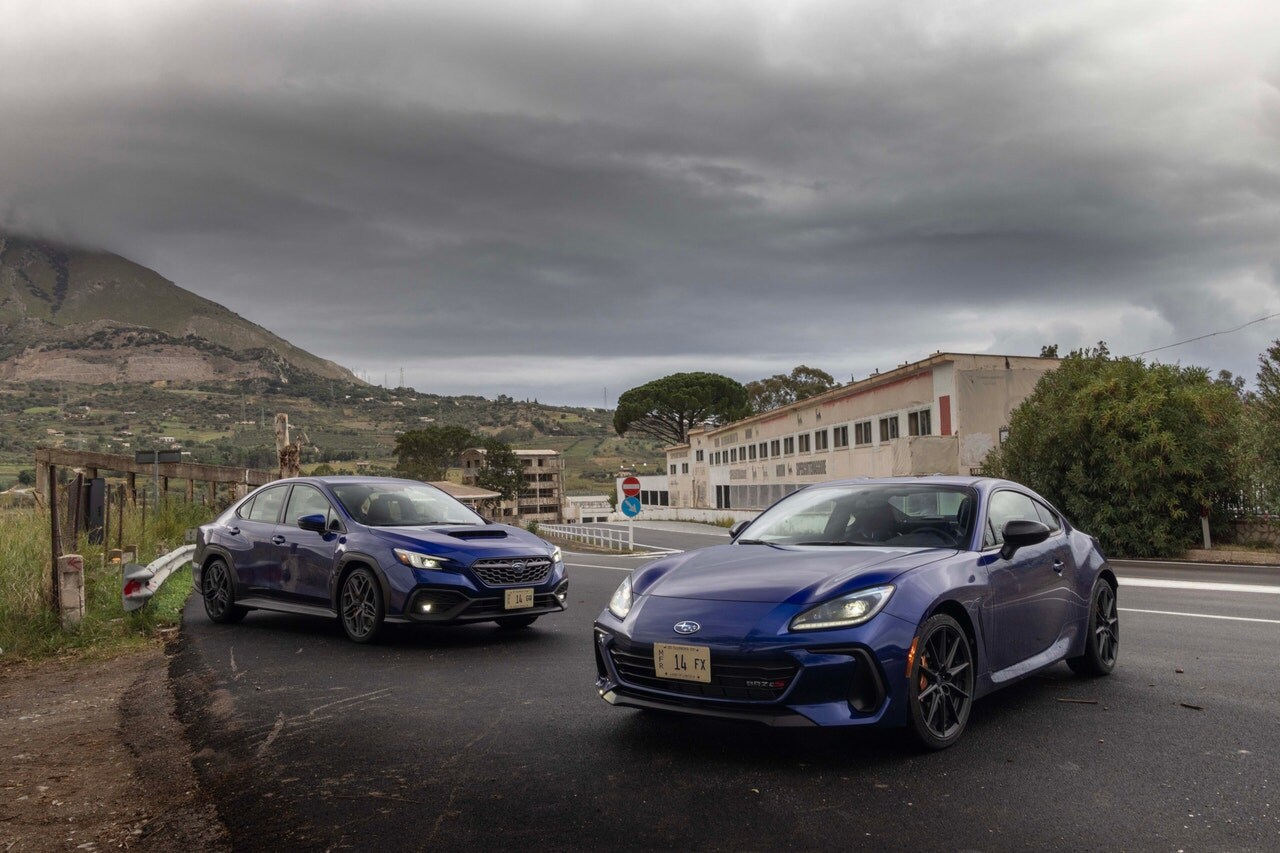
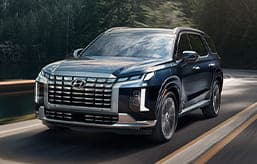
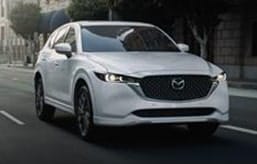
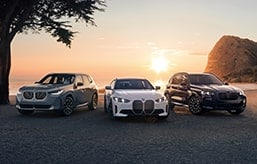
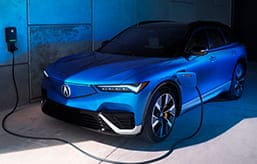
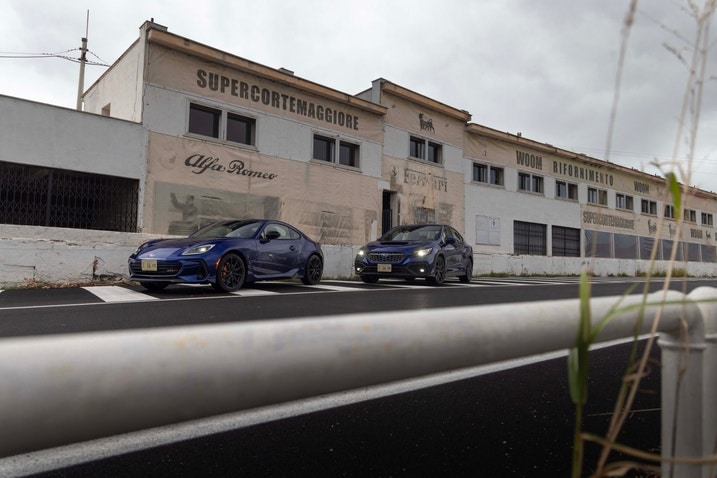
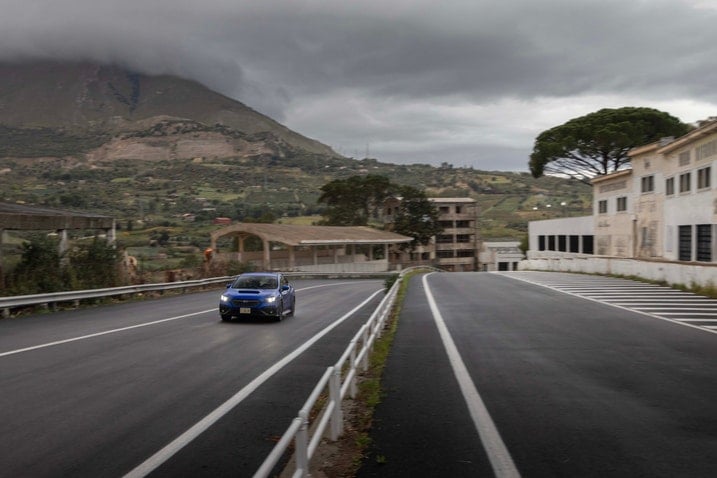
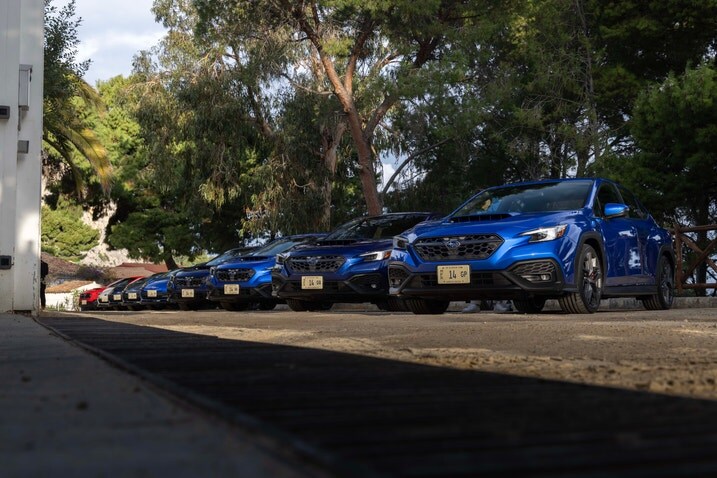
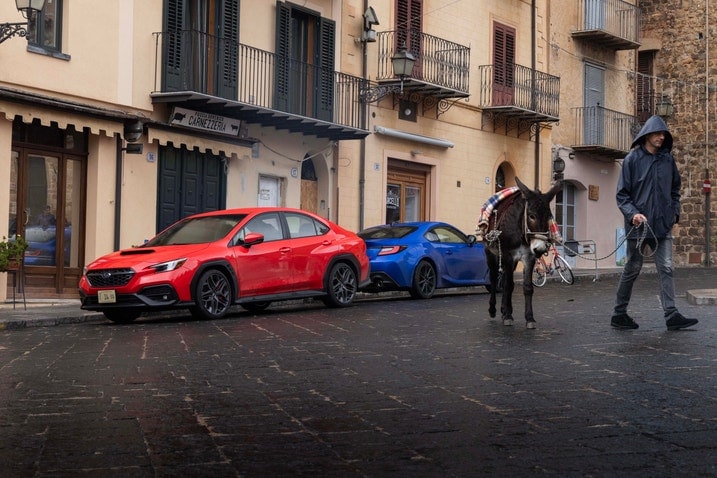
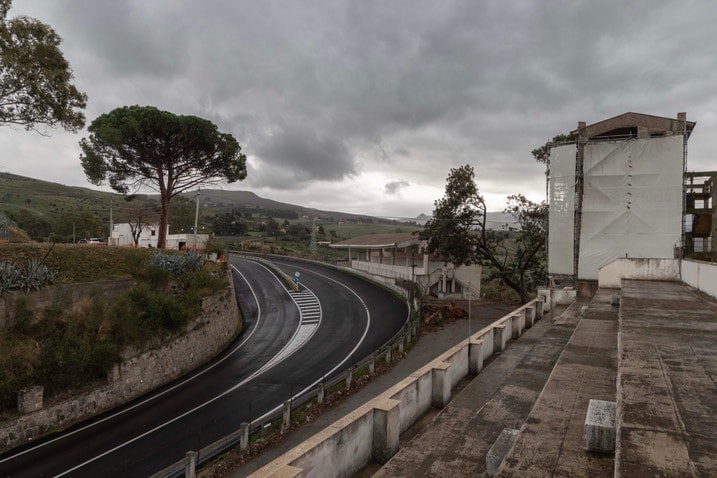
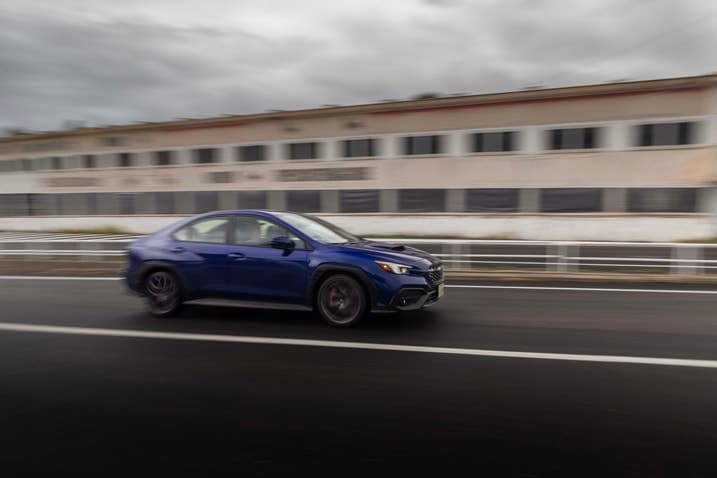
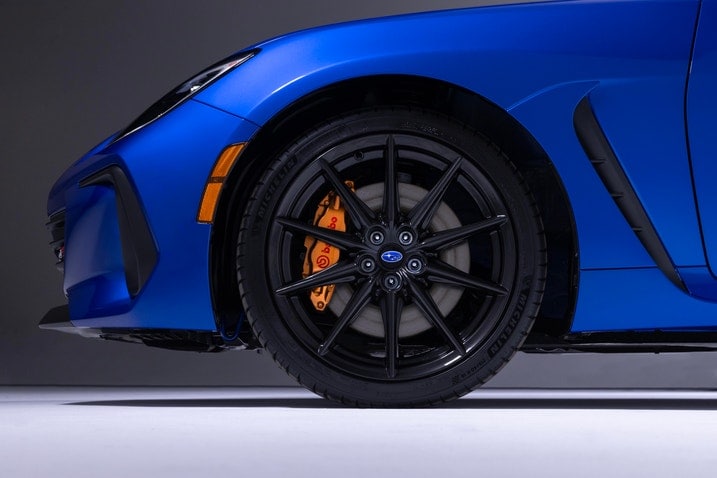
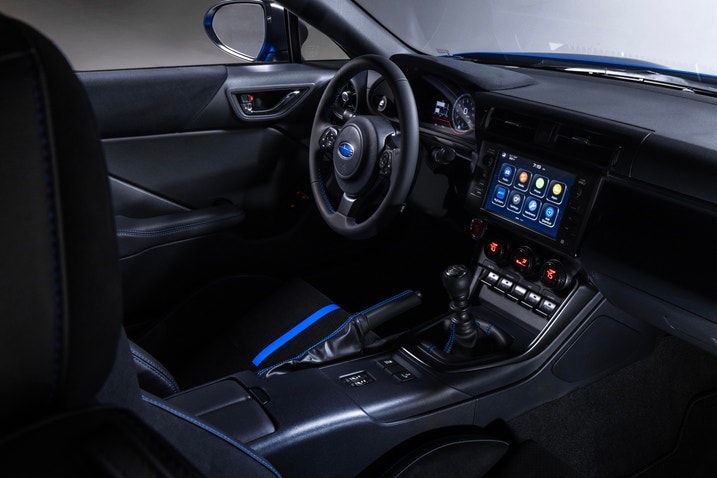
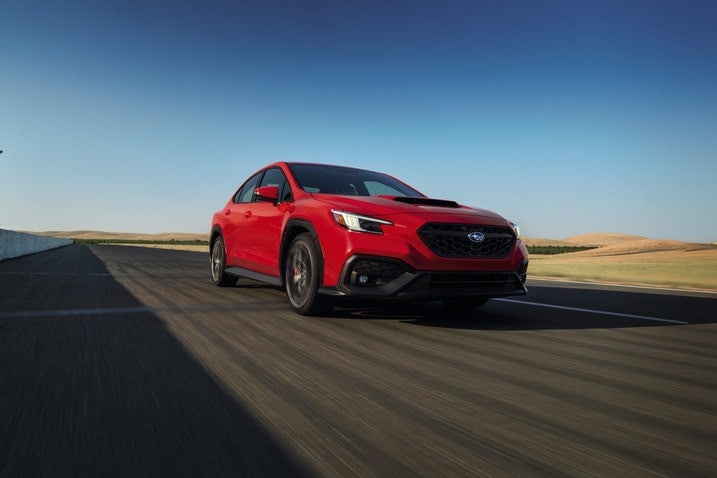
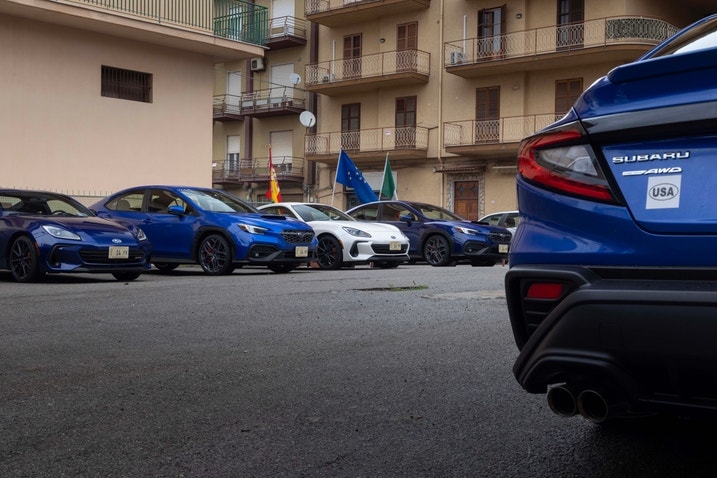
 by
by